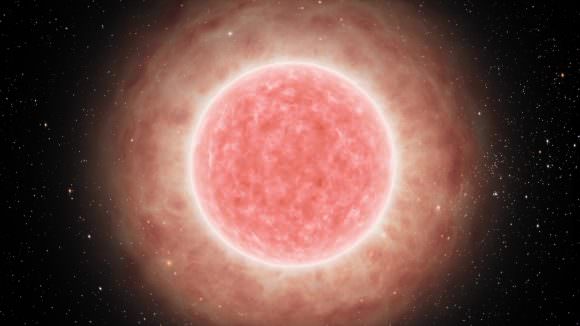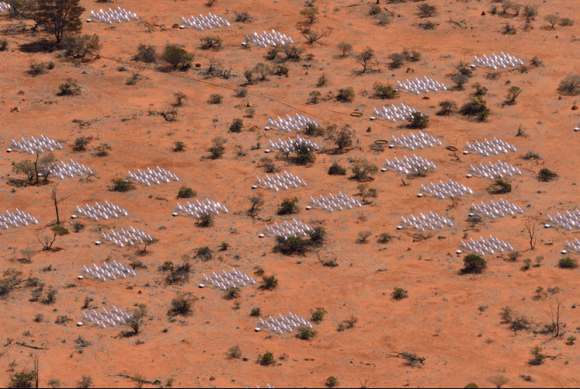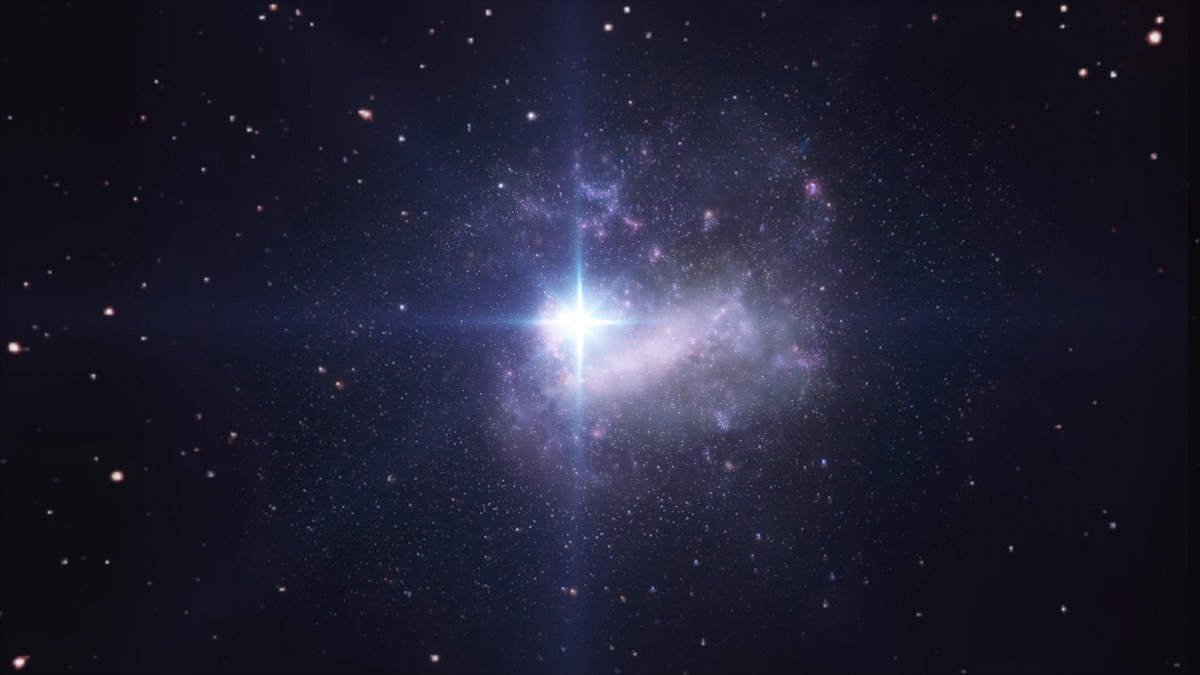Thirty years ago, a star that went by the designation of SN 1987A collapsed spectacularly, creating a supernova that was visible from Earth. This was the largest supernova to be visible to the naked eye since Kepler’s Supernova in 1604. Today, this supernova remnant (which is located approximately 168,000 light-years away) is being used by astronomers in the Australian Outback to help refine our understanding of stellar explosions.
Led by a student from the University of Sydney, this international research team is observing the remnant at the lowest-ever radio frequencies. Previously, astronomers knew much about the star’s immediate past by studying the effect the star’s collapse had on the neighboring Large Magellanic Cloud. But by detecting the star’s faintest hisses of radio static, the team was able to observe a great deal more of its history.
The team’s findings, which were published yesterday in the journal Monthly Notices of the Royal Astronomical Society, detail how the astronomers were able to look millions of years farther back in time. Prior to this, astronomers could only observe a tiny fraction of the star’s life cycle before it exploded – 20,000 years (or 0.1%) of its multi-million year life span.

As such, they were only able to see the star when it was in its final, blue supergiant phase. But with the help of the Murchison Widefield Array (MWA) – a low-frequency radio telescope located at the Murchison Radio-astronomy Observatory (MRO) in the West Australian desert – the radio astronomers were able to see all the way back to when the star was still in its long-lasting red supergiant phase.
In so doing, they were able to observe some interesting things about how this star behaved leading up to the final phase in its life. For instance, they found that SN 1987A lost its matter at a slower rate during its red supergiant phase than was previously assumed. They also observed that it generated slower than expected winds during this period, which pushed into its surrounding environment.
Joseph Callingham, a PhD candidate with the University of Sydney and the ARC Center of Excellence for All-Sky Astrophysics (CAASTRO), is the leader of this research effort. As he stated in a recent RAS press release:
“Just like excavating and studying ancient ruins that teach us about the life of a past civilization, my colleagues and I have used low-frequency radio observations as a window into the star’s life. Our new data improves our knowledge of the composition of space in the region of SN 1987A; we can now go back to our simulations and tweak them, to better reconstruct the physics of supernova explosions.”

The key to finding this new information was the quiet and (some would say) temperamental conditions that the MWA requires to do its thing. Like all radio telescopes, the MWA is located in a remote area to avoid interference from local radio sources, not to mention a dry and elevated area to avoid interference from atmospheric water vapor.
As Professor Gaensler – the former CAASTRO Director and the supervisor of the project – explained, such methods allow for impressive new views of the Universe. “Nobody knew what was happening at low radio frequencies,” he said, “because the signals from our own earthbound FM radio drown out the faint signals from space. Now, by studying the strength of the radio signal, astronomers for the first time can calculate how dense the surrounding gas is, and thus understand the environment of the star before it died.”
These findings will likely help astronomers to understand the life cycle of stars better, which will come in handy when trying to determine what our Sun has in store for us down the road. Further applications will include the hunt for extra-terrestrial life, with astronomers being able to make more accurate estimates on how stellar evolution could effect the odds of life forming in different star systems.
In addition to being home to the MWA, the Murchison Radio-astronomy Observatory (MRO) is also the planned site of the future Square Kilometer Array (SKA). The MWA is one of three telescopes – along with the South African MeerKAT array and the Australian SKA Pathfinder (ASKAP) array – that are designated as a Precursor for the SKA.
Further Reading: Royal Astronomical Society


